Amber and its origin
"Amber - it shimmers in mild golden hues, feels warm and alive, is so light that it floats in seawater, and is so transparent as if it were made of glass. It burns with a reddish-bluish flame, spreading aromatic scents; rubbed against wool, it mysteriously attracts light materials such as feathers or paper chips. It comes from the sea and includes animals and plants of the forest". This is how aptly and tangibly Wichard and Weitschat describe amber in their great book "Bernsteinwald" (page 6). Equipped with these characteristics it is not surprising that amber has been regarded as a valuable and sought-after commercial object since ancient times up to the Middle Ages. "Tears of the Gods" was the name given to amber in ancient mythology.
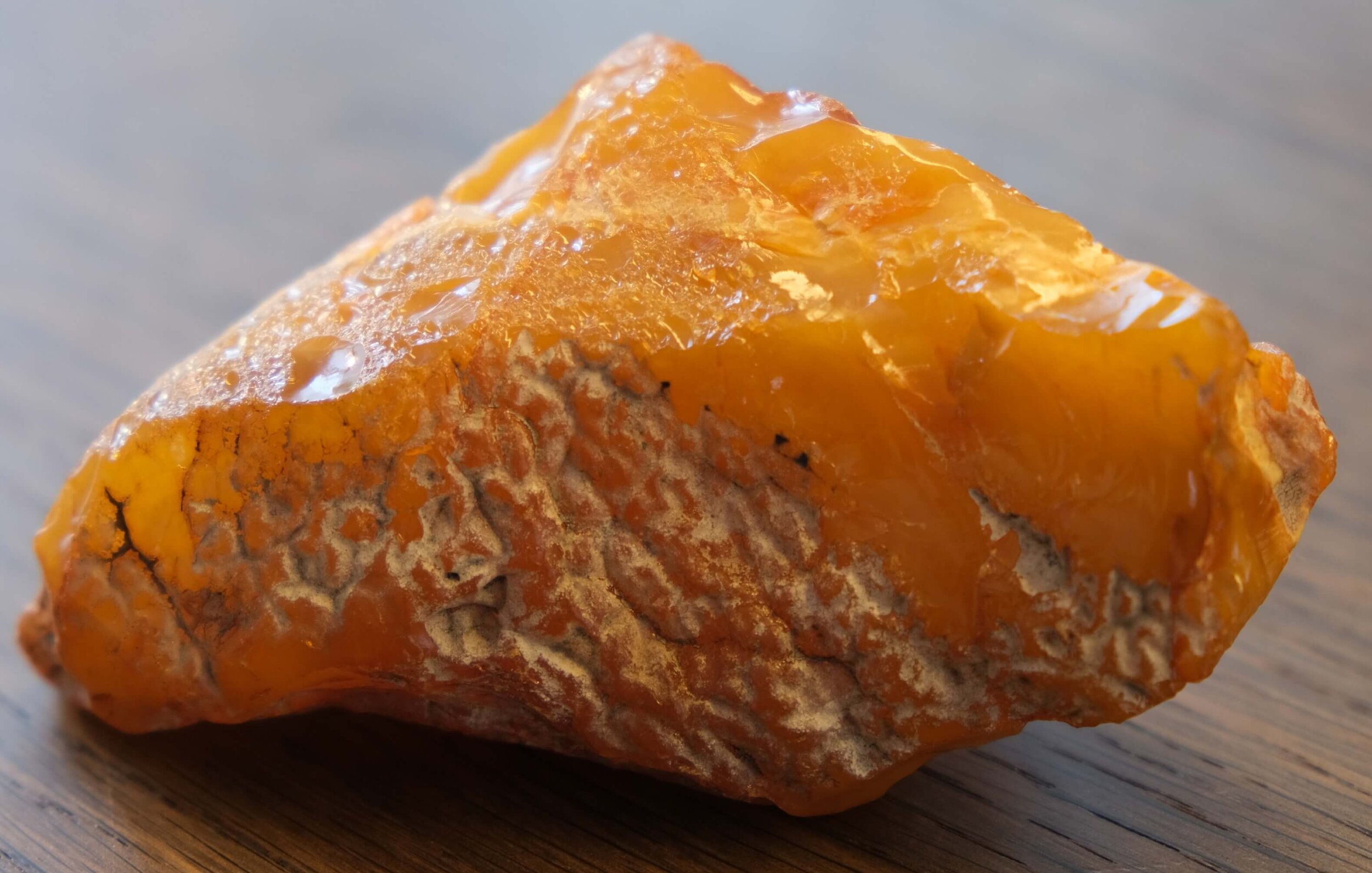
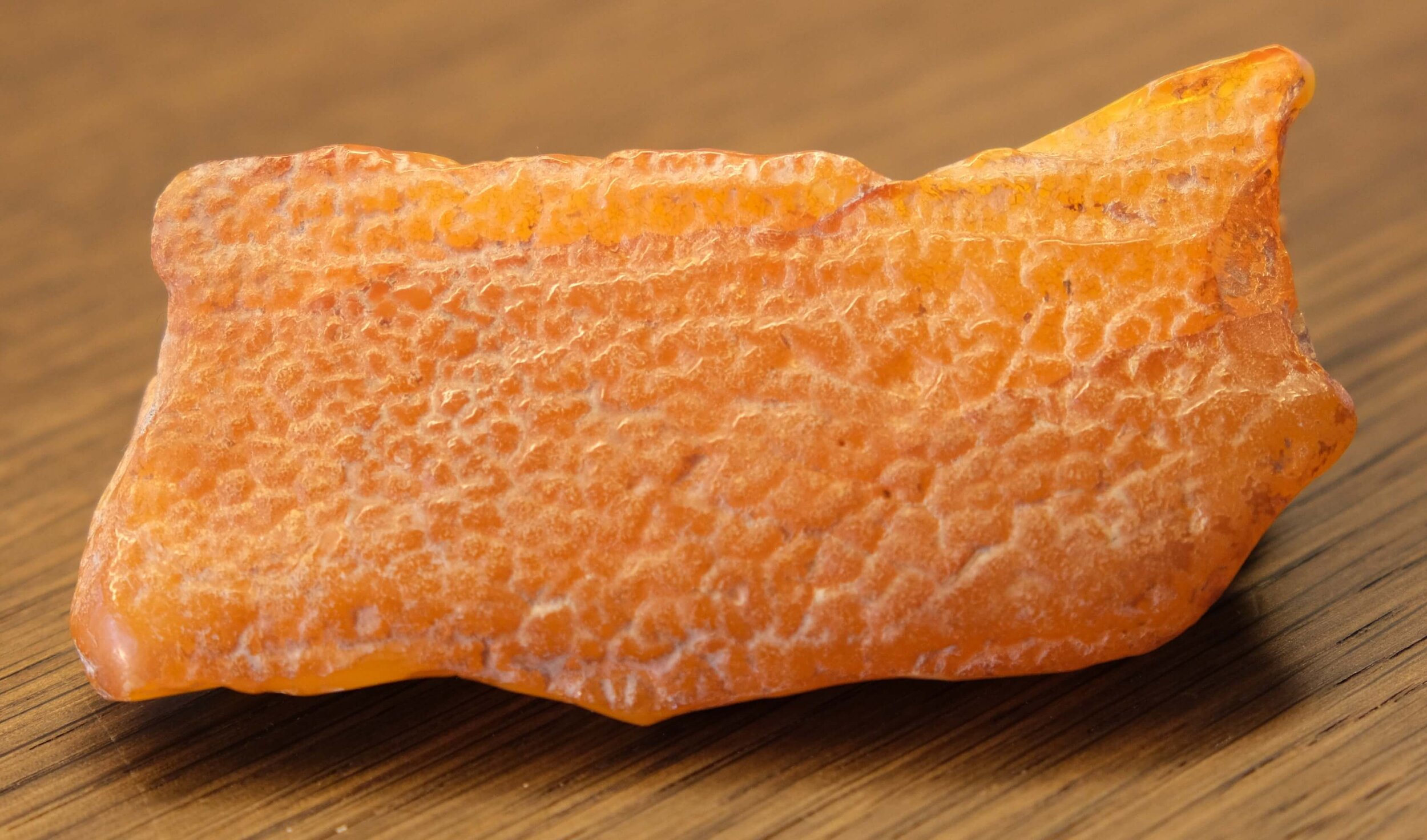
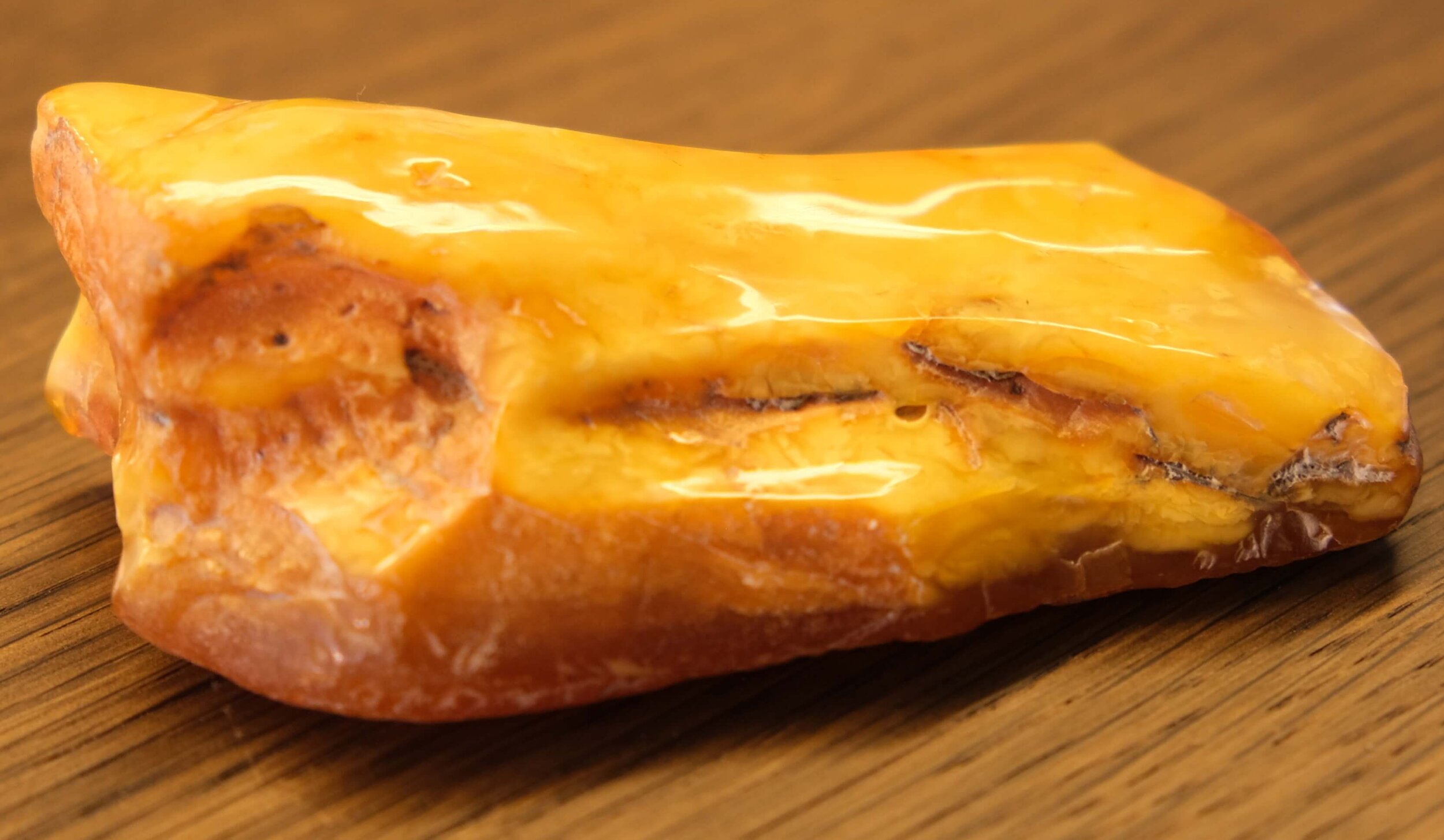
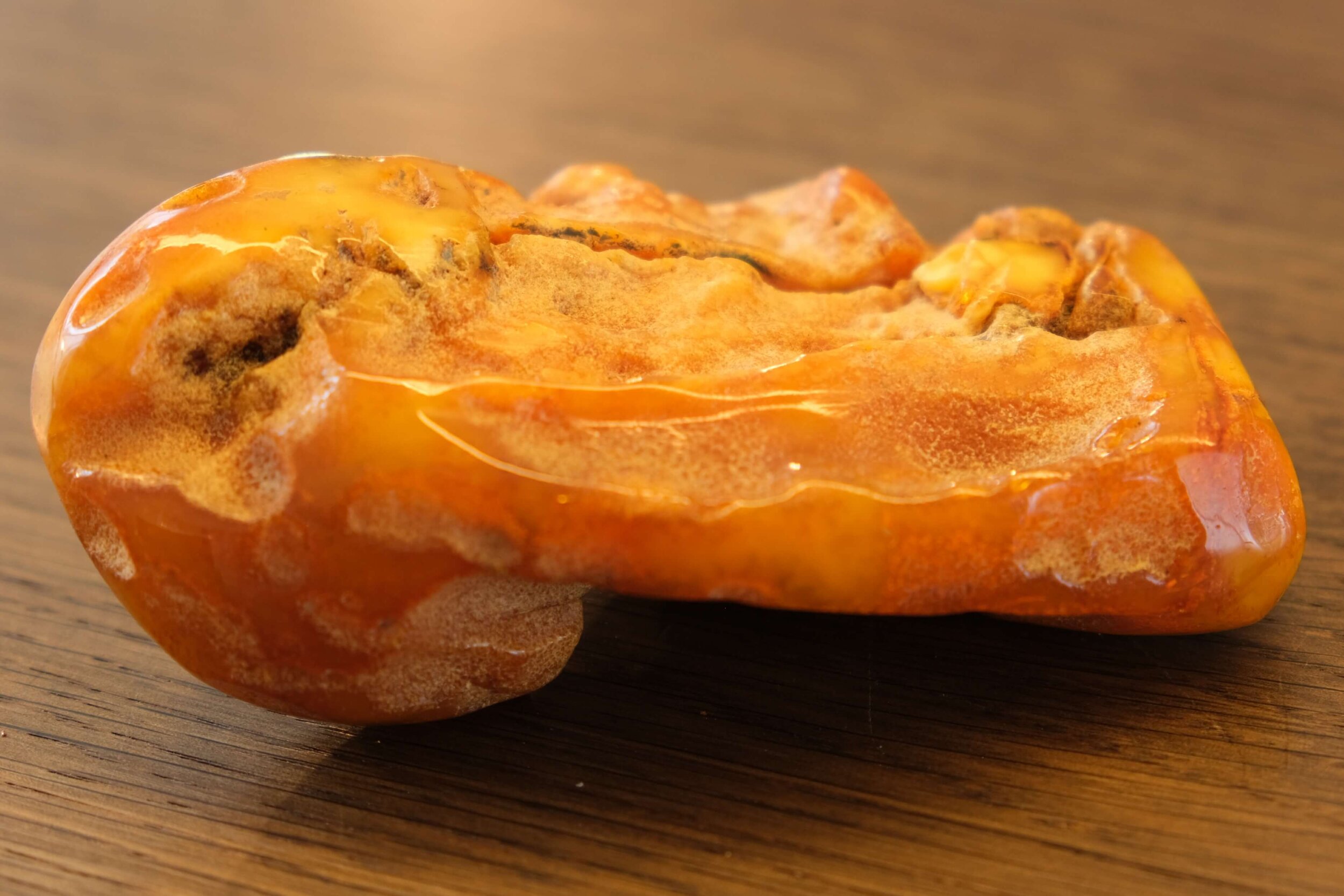

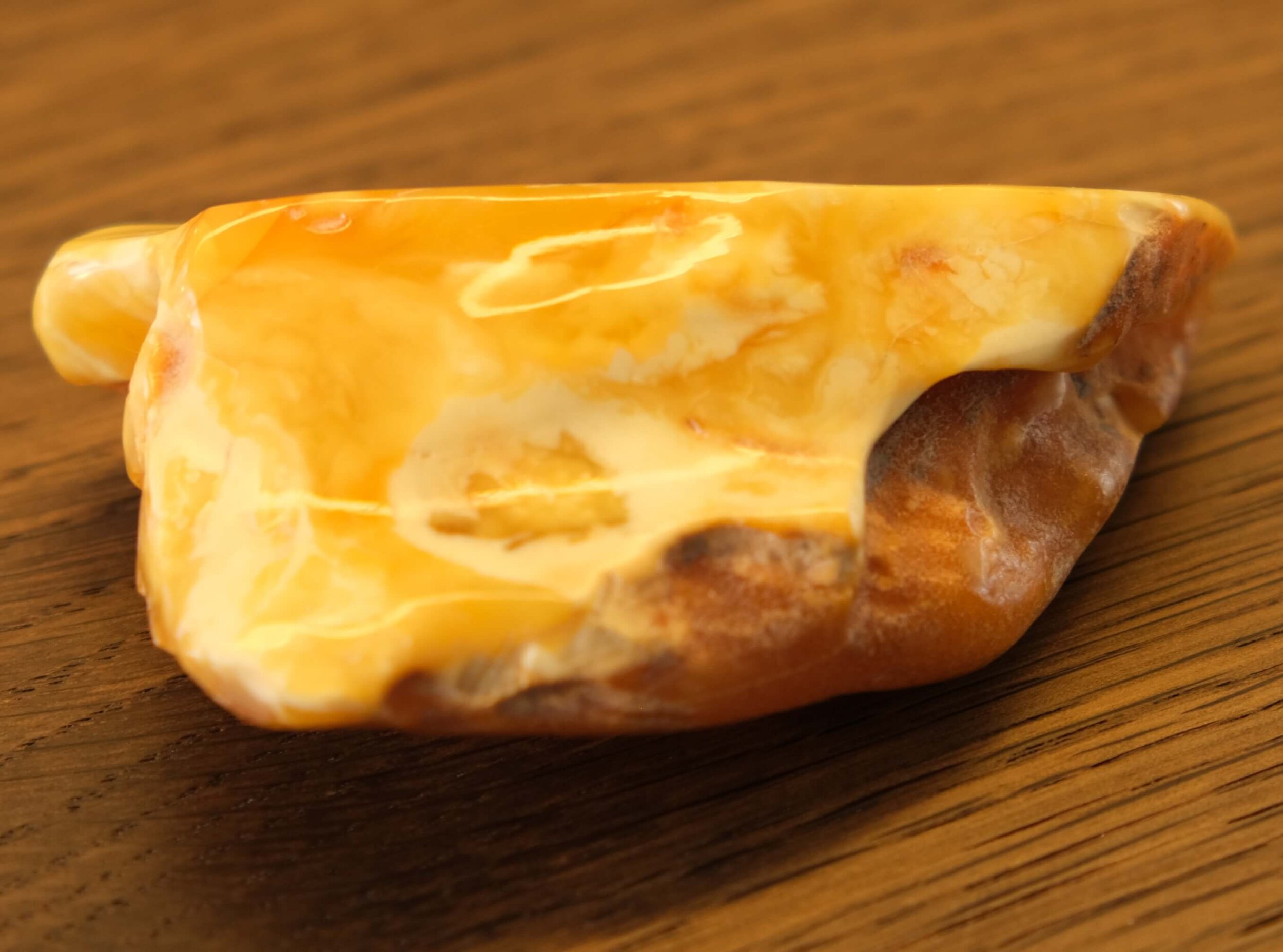
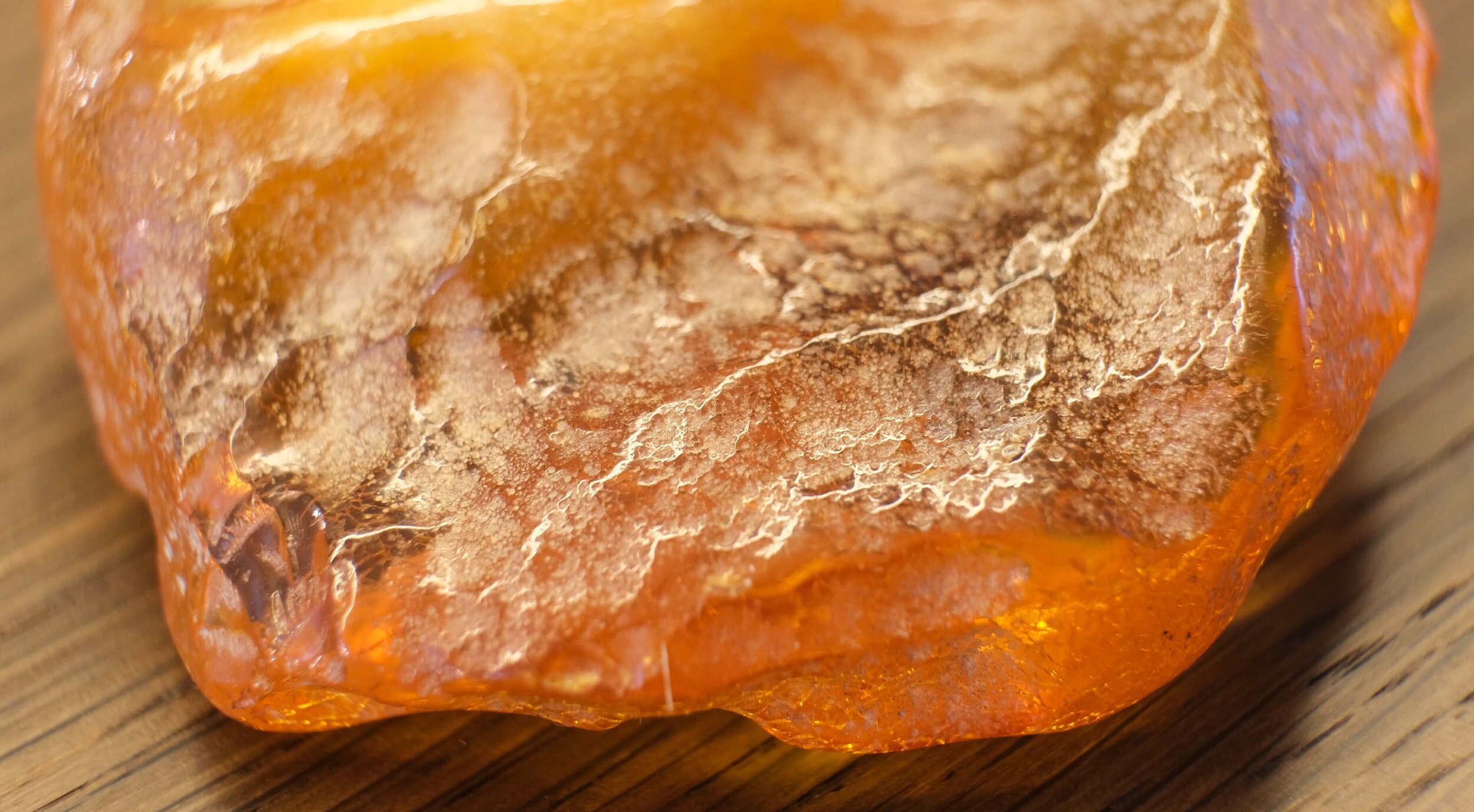

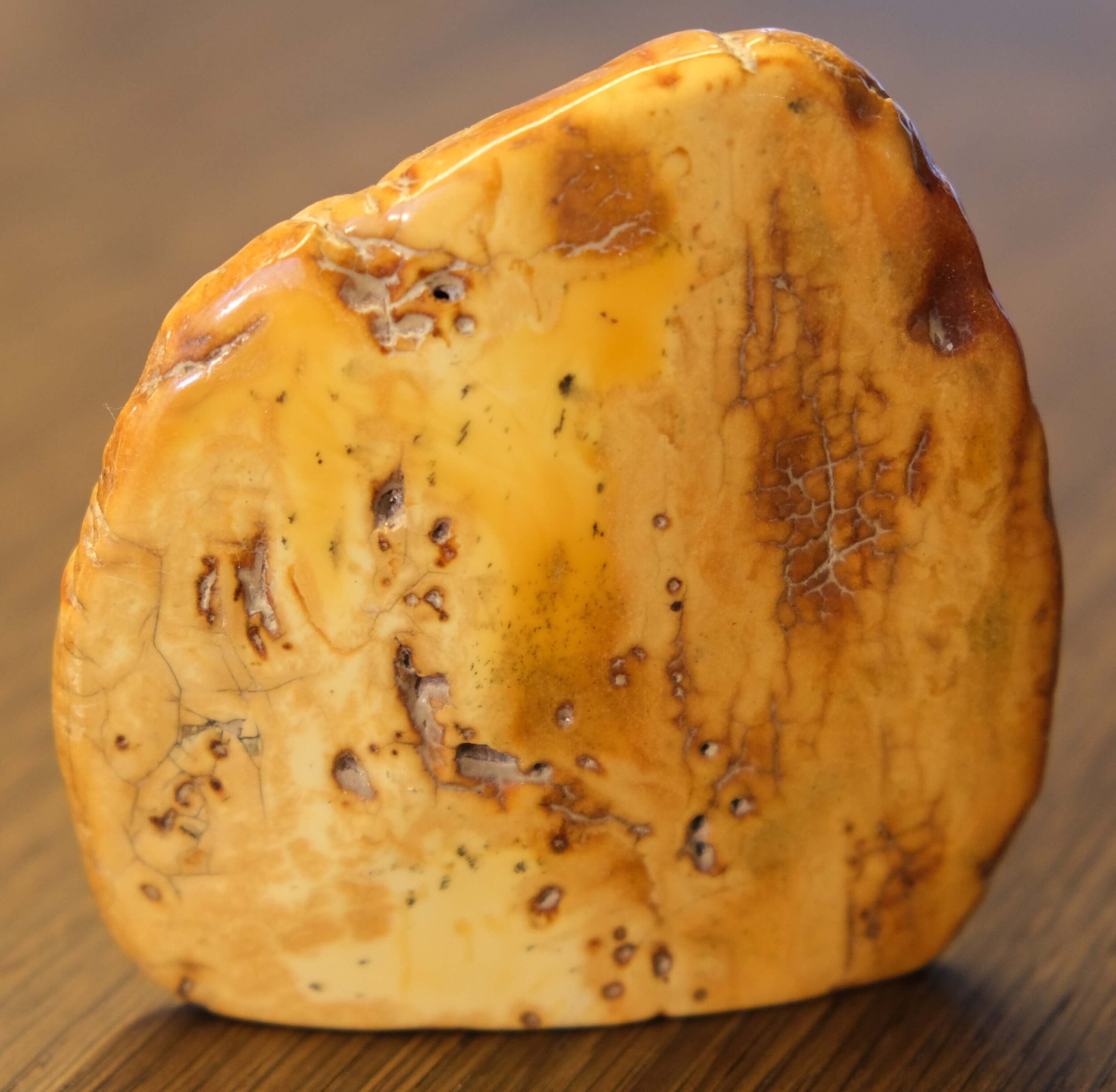

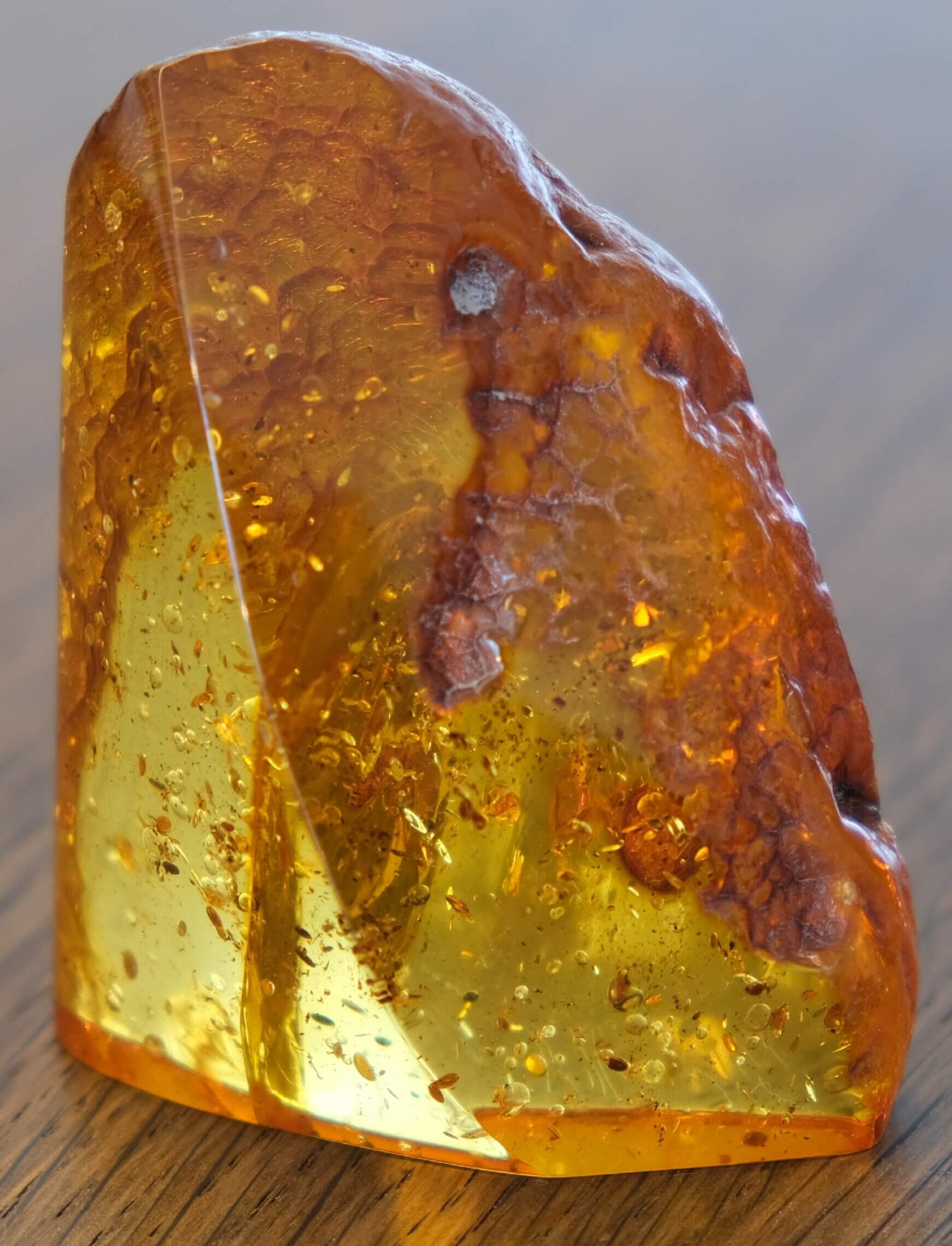
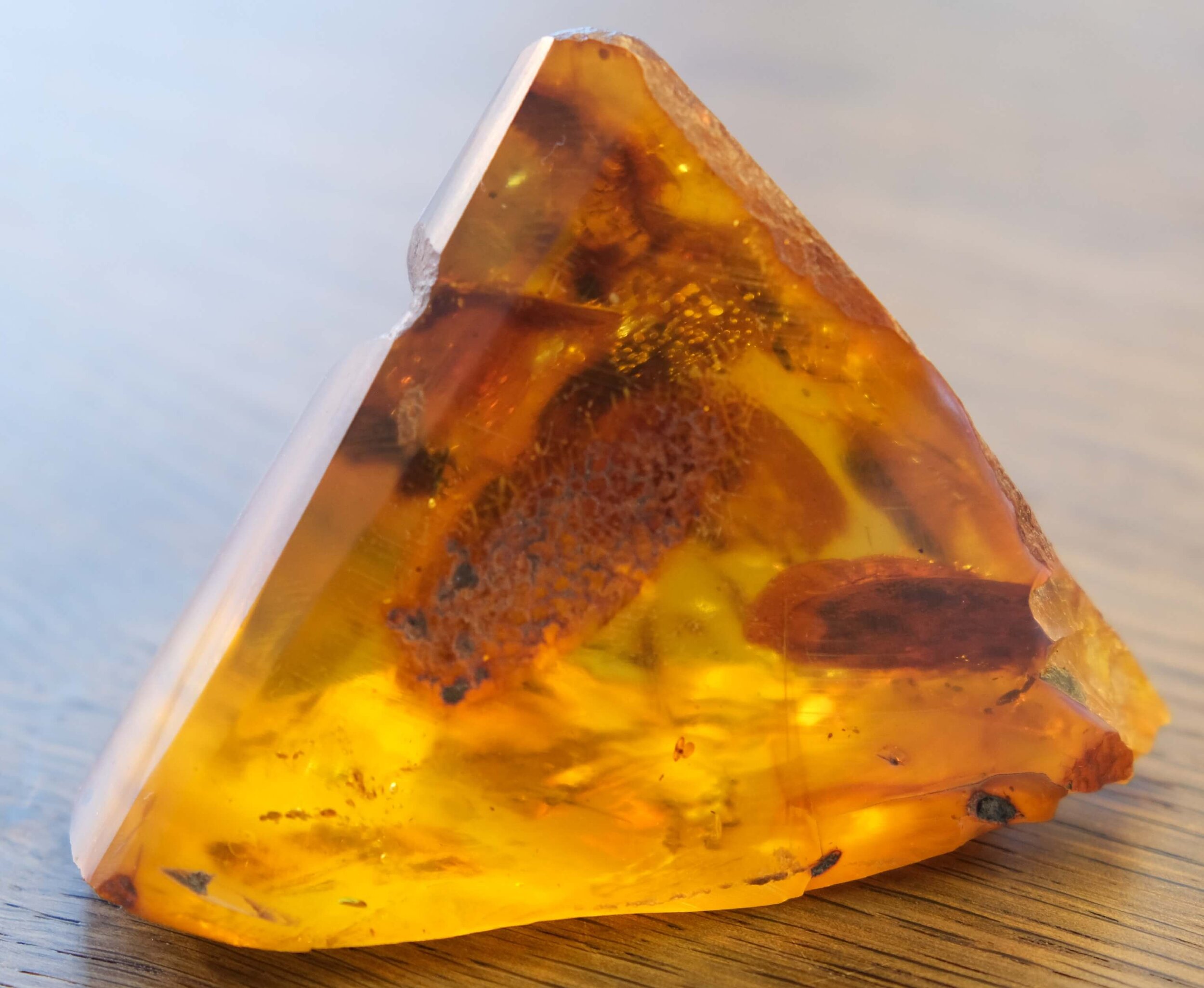
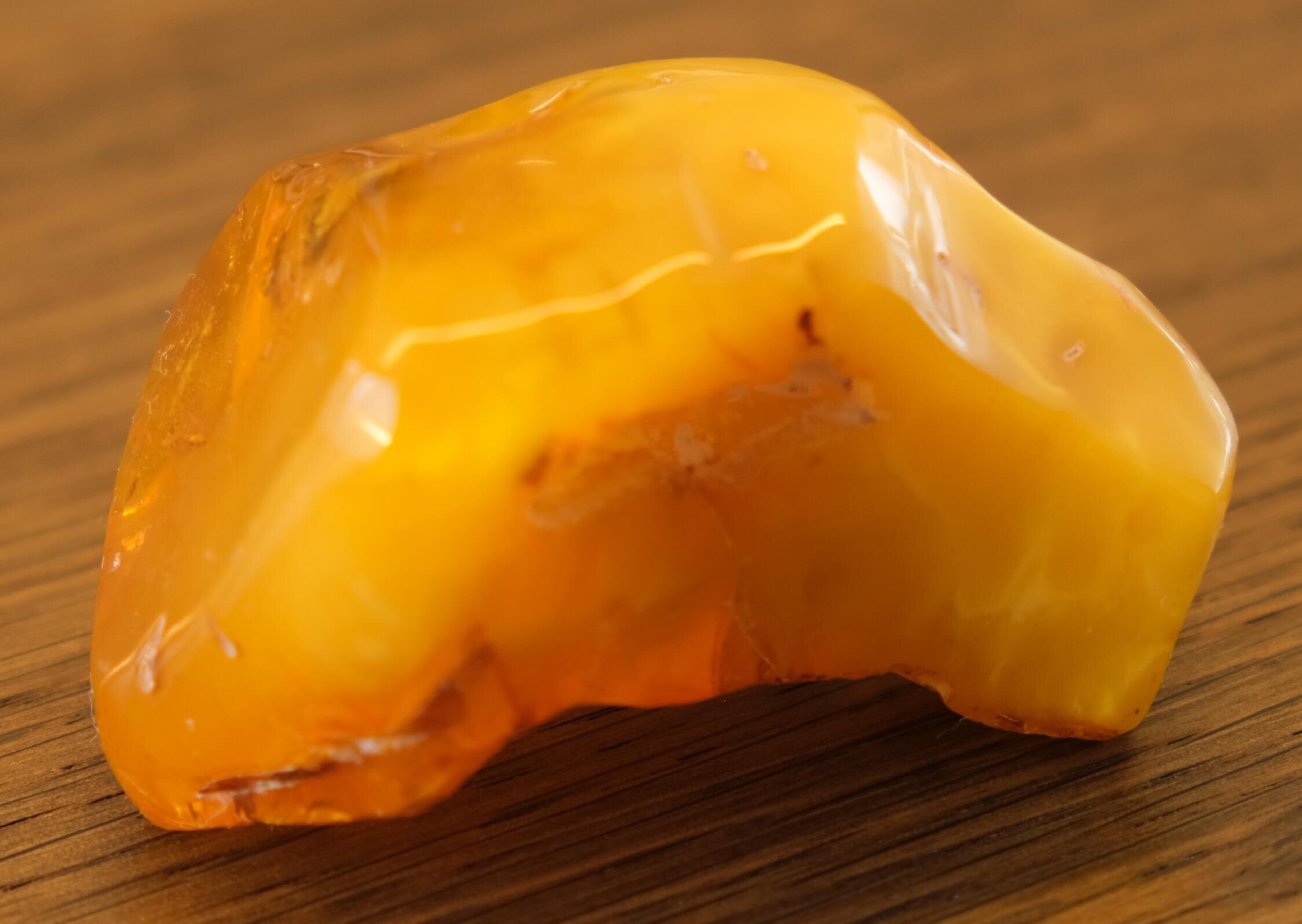
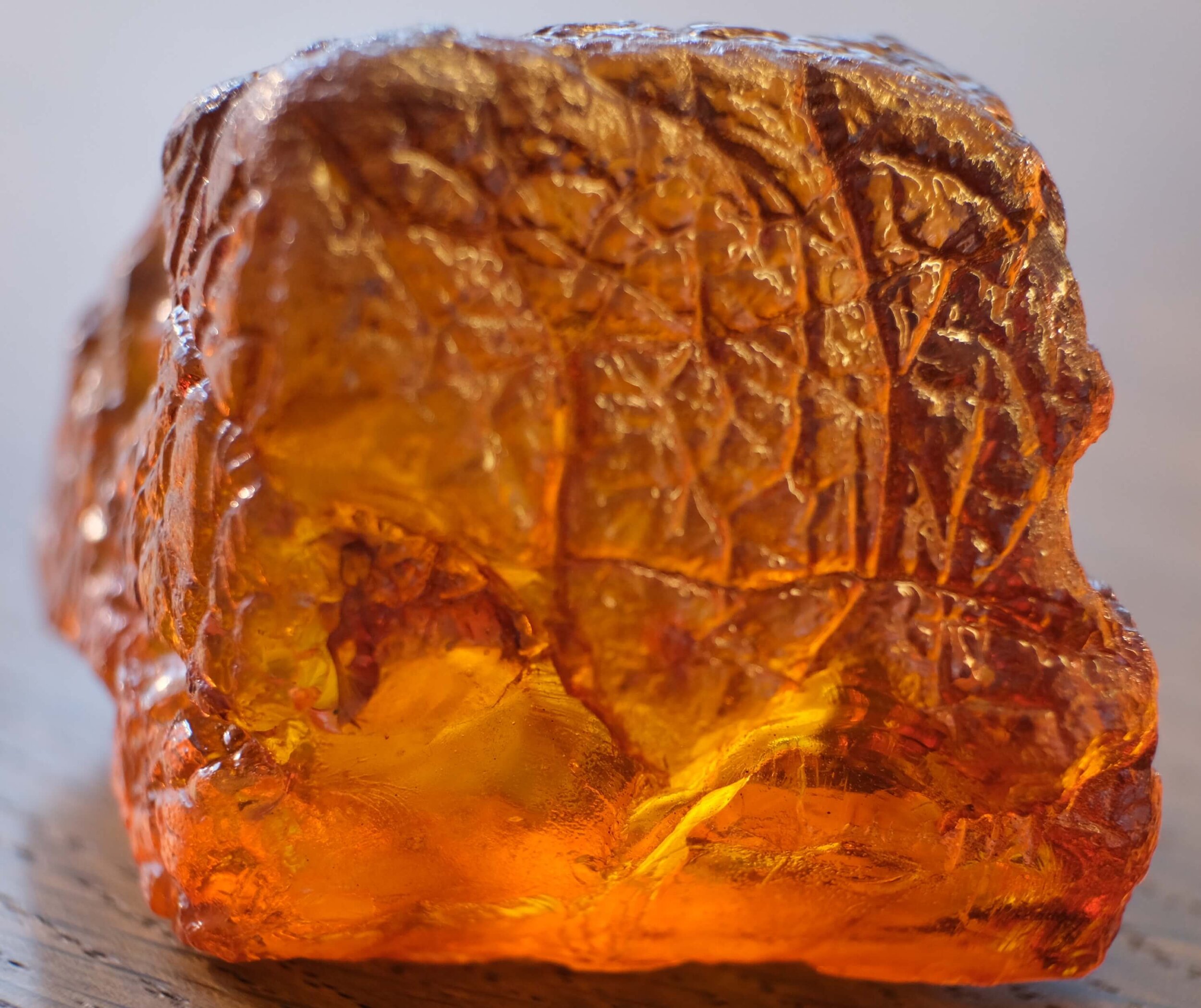



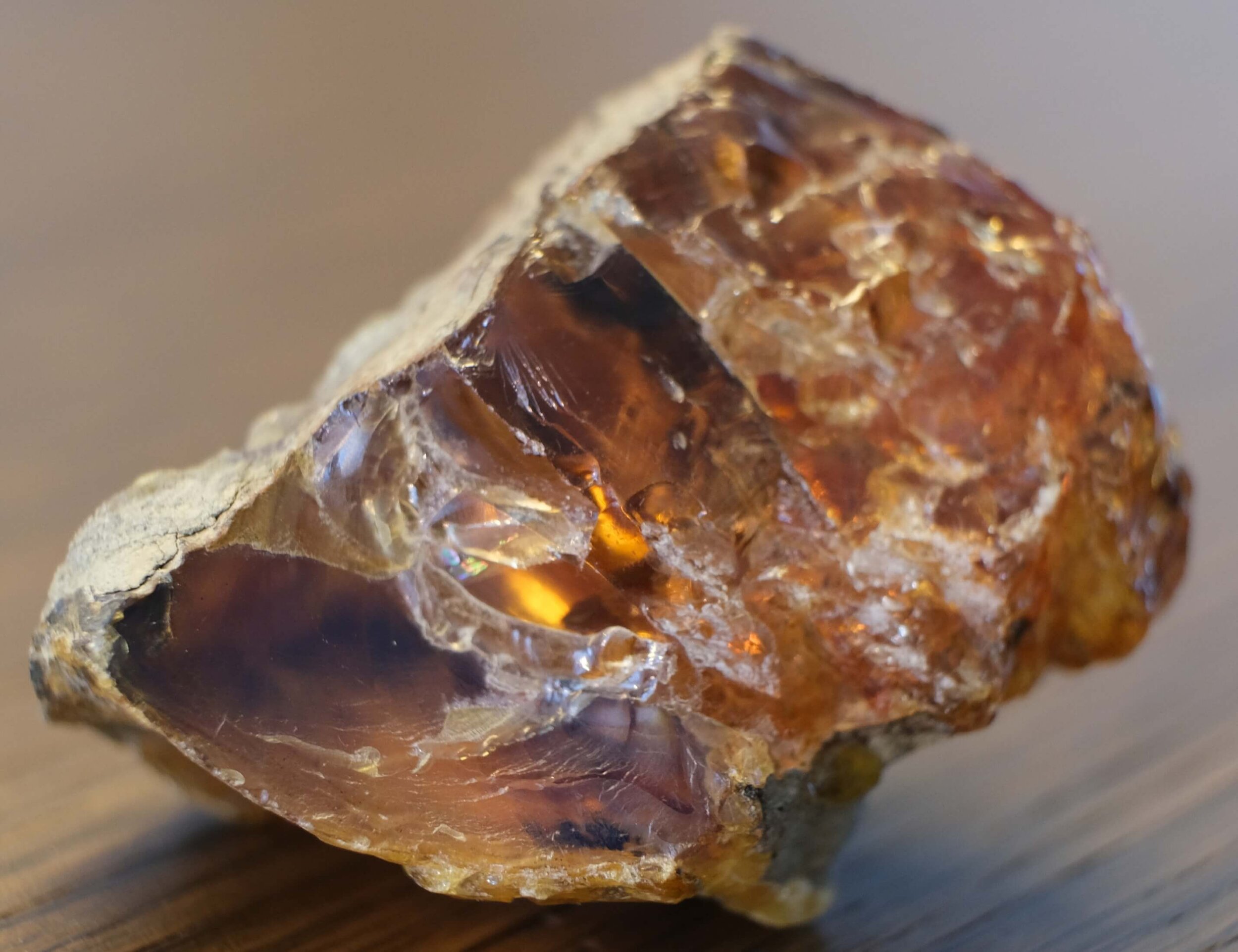

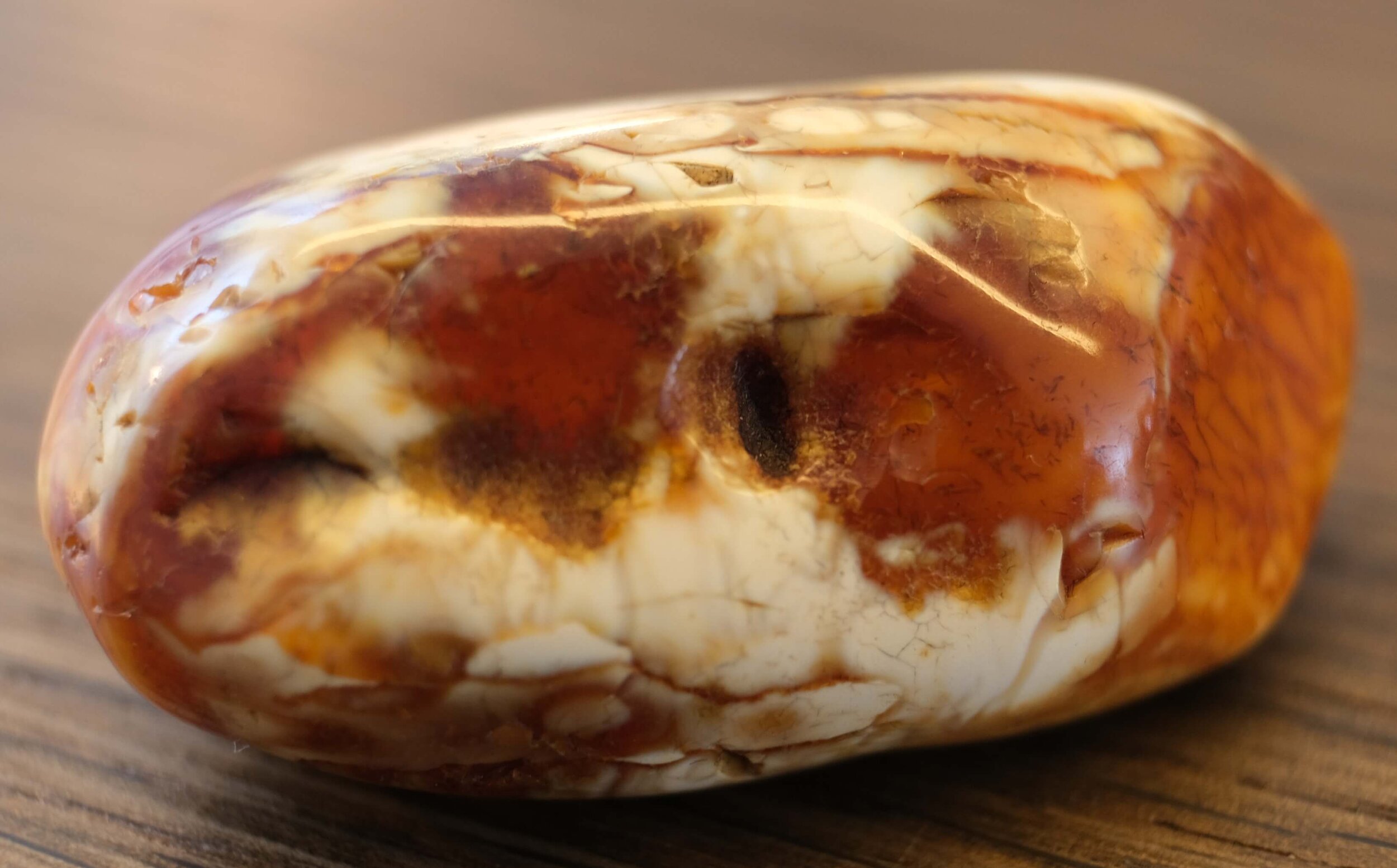
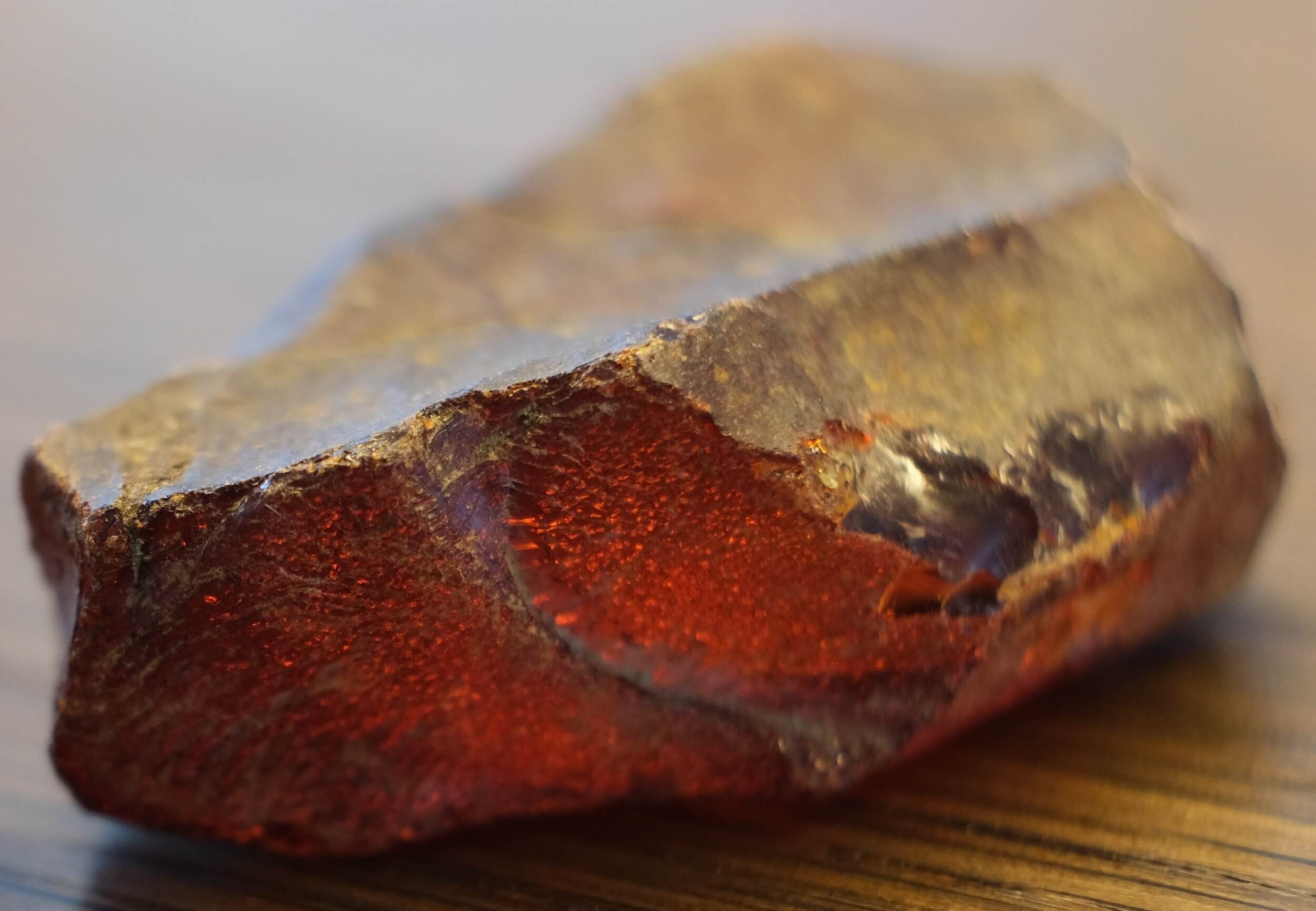

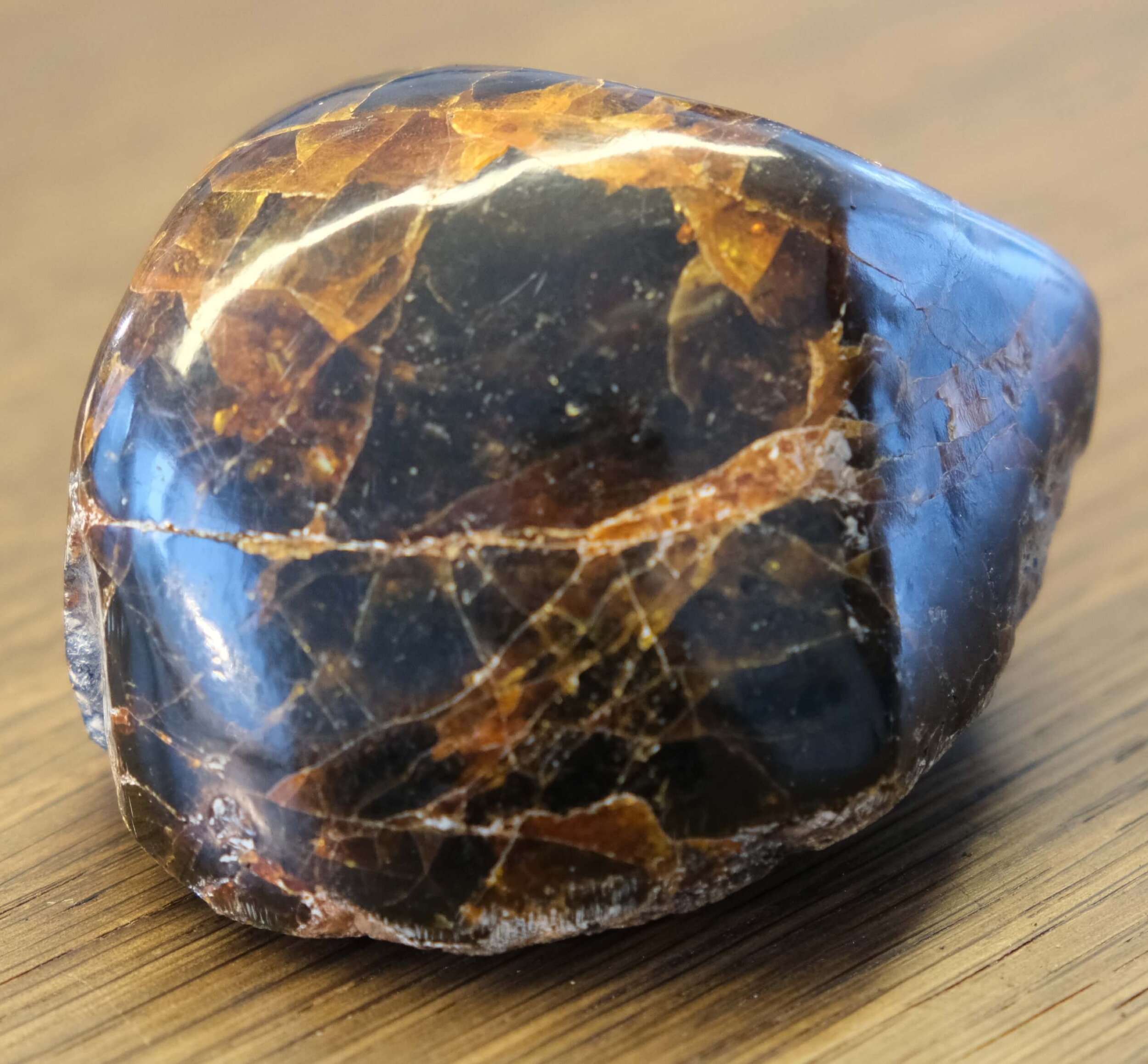

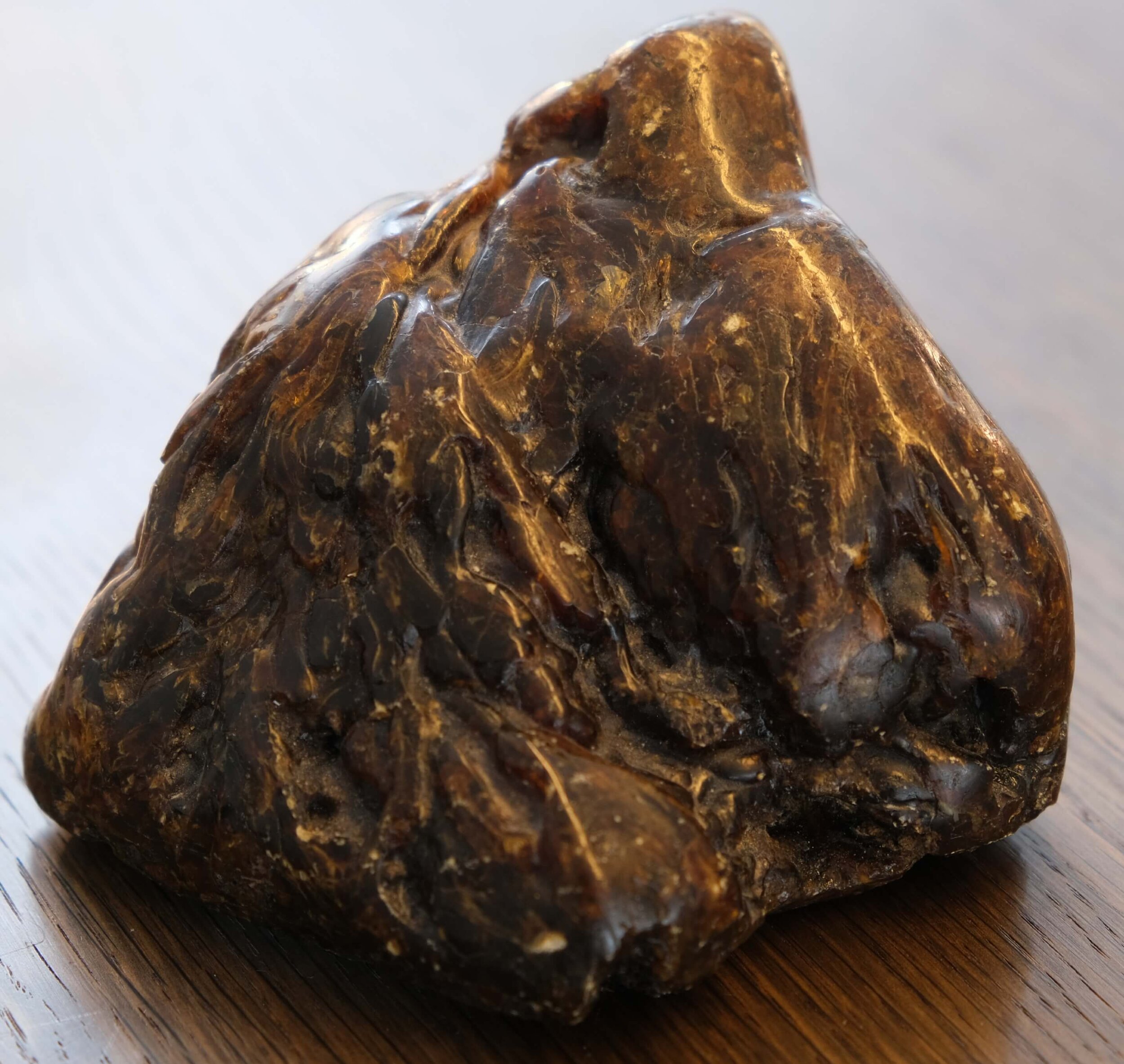
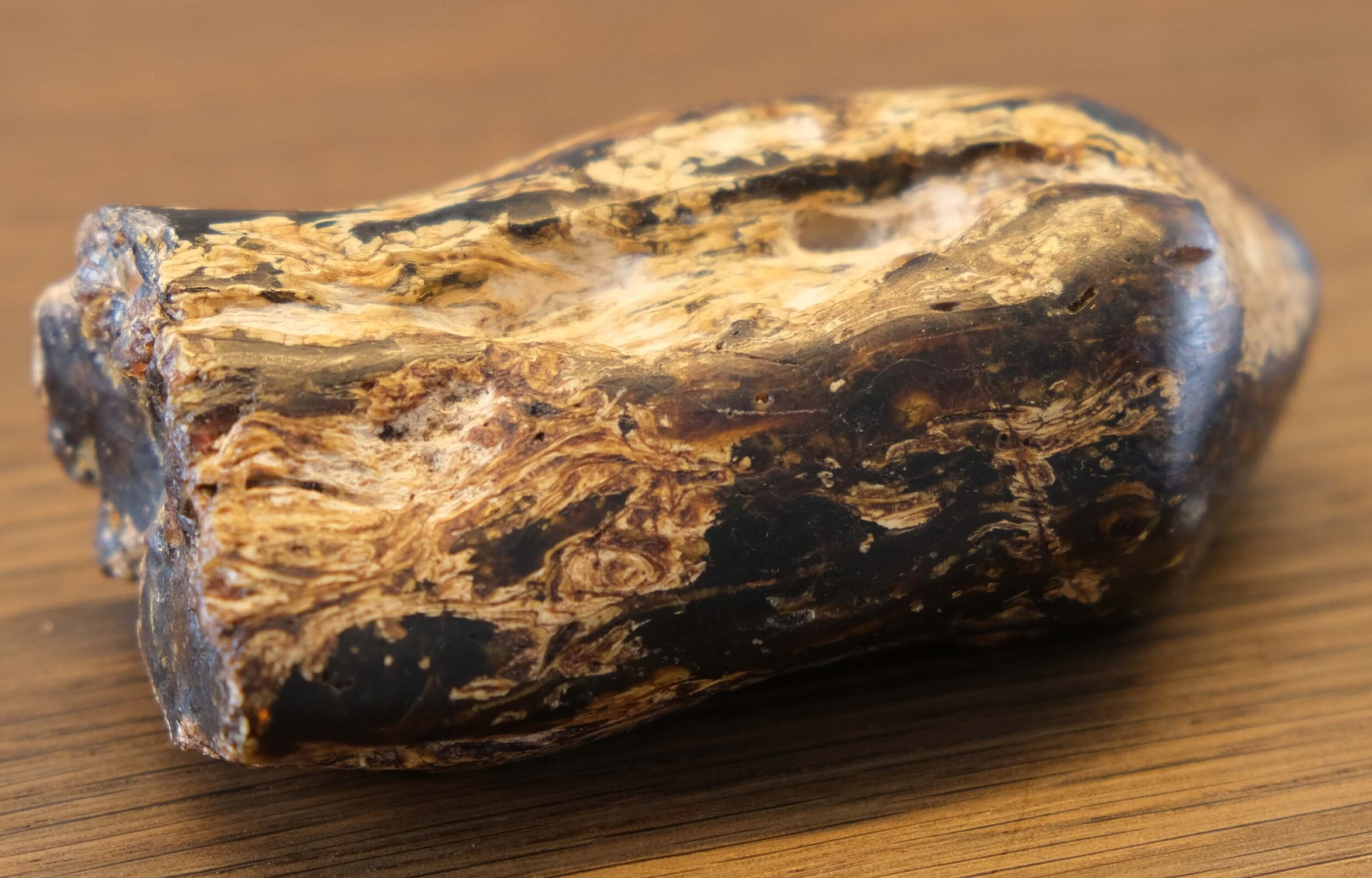
Amber, a fossil resin, which has been fossilized over millions of years, is fascinating. Every single stone is a jewel, a gift of nature. One often discovers in it plant or animal inclusions. When it is worked or heated, essential oils are released. The scent of these oils reminds of incense, which is not surprising, incense is a tree resin. Amber deposits from all continents are known worldwide (with the exception of Antarctica). Günter and Brigitte Krumbiegel mention in their interesting book "Faszination Bernstein, page 8" that about 300 different fossil resins are known in the world.
The names resin, copal and amber define a progressive aging chain of tree resins. Natural resin is the tough and sticky, light yellow to brownish, non-water-soluble mass, which is excreted by the trees after injuries to close their wounds. It smells aromatic and is antibacterial and anti-septic (i.e. germicidal). Many resins, such as frankincense, myrrh or mastic, have been valued as remedies since ancient times. They were used to treat wounds and digestive disorders, among other things. Resins, which are mainly extracted and appreciated in the northern hemisphere, are those of the pine, larch and cedar tree.
The copal is a semi-fossil natural resin, which is solid and has reached an age between a few decades and a million years. In contrast to fresh resins, they have a much greater hardness and thus a higher melting point.
Amber is defined as fossil resin and is said to be at least one million years old. In order for resin to become amber, an evaporation of oils as well as the influence of heat and pressure must take place over a very long time.
Only if this process takes place without the influence of atmospheric oxygen, the resin mass can solidify over millions of years and become amber. Under the influence of atmospheric oxygen, the resin lump would weather and disintegrate completely. When this so-called polymerization is completed, amber is largely insoluble in organic solvents. Amber is very light. Its specific weight is 1.05 to 1.09 g/cm3. In fresh water it sinks to the bottom, but floats in concentrated saline solution (see Erichson and Weitschat, Baltischer Bernstein, page 7).
Literature:
Ulf Erichson / Wolfgang Weitschat, Baltischer Bernstein, 2008 Deutsches Bernsteinmuseum Ribnitz-Damgarten
Wilfried Wichard / Wolfgang Weitschat, Im Bernsteinwald, 2004 Gerstenberg Verlag, Hildesheim
Günter Krumbiegel / Brigitte Krumbiegel, Faszination Bernstein, 2001 Goldschneck Verlag, Korb
